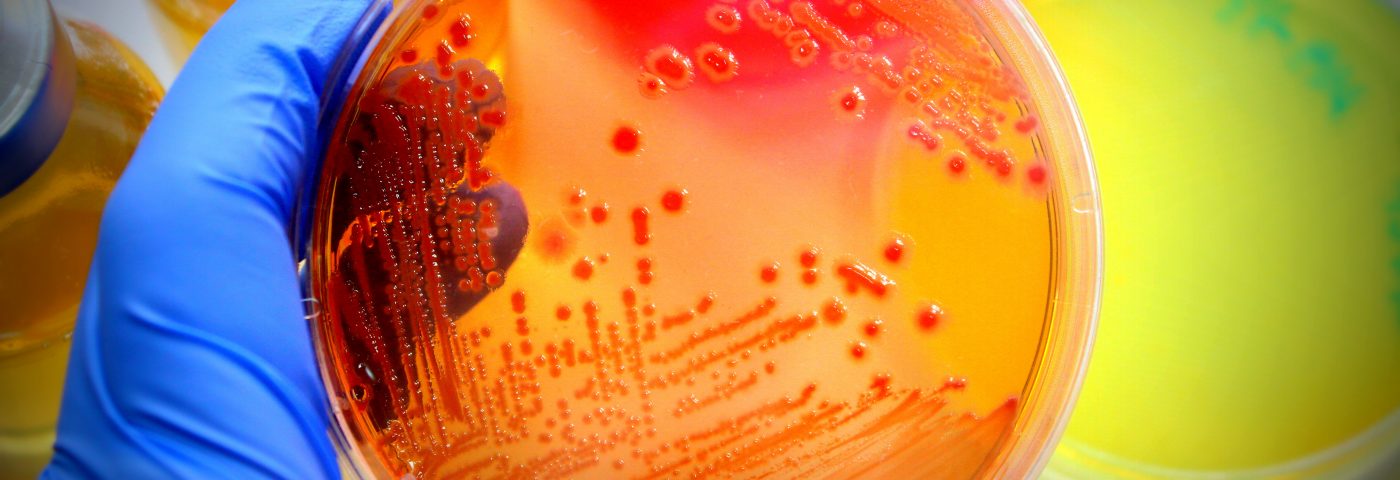A recent report published in the journal Science reveals how an intrinsic response of hepatitis A virus (HAV)-infected cells leads to liver inflammation, and explains how HAV can jump between species, a discovery with potential implications for future studies.
The study, “MAVS-dependent host species range and pathogenicity of human hepatitis A virus,” was conducted by a research team at the University of North Carolina (UNC) at Chapel Hill School of Medicine
The hepatitis A virus has not been linked to chronic liver disease, as have the hepatitis B and hepatitis C viruses, although isolated cases have been reported in which HAV results in acute liver failure.
Investigators studying how HAV contributes to acute liver injury found that HAV is able to induce cell death in infected liver cells, ultimately leading to liver damage.
“The virus evokes a response in the infected cell that activates a pre-programmed cell death pathway,” Stanley Lemon, MD, professor of medicine and member of the UNC Institute for Global Health & Infectious Diseases, said in a press release. “In effect, the cell commits suicide, sacrificing itself along with the virus in an effort to save the host. This results in inflammation within the liver that we recognize as hepatitis.”
Experiments undertaken to understand virus-cell interactions also upended preconceptions regarding virus transfer. Specifically, when the researchers blocked the intrinsic cellular antiviral response in mice (the interferon system), they discovered the virus could jump species. (Previously, scientists thought that only primates – humans, chimpanzees and a few species of monkeys – could be infected by HAV, a vaccine-preventable form of infectious hepatitis that is usually transmitted through contaminated food and water.)
“The ability of the virus to jump into mice is dependent upon knocking out the mouse interferon system, which HAV cannot do on its own,” said Lemon. “Host species jumps are incredibly important for viral emergence, and the factors that control the odds of this happening are not well known. We have defined the host interferon system as a very important barrier to a host species jump.”
The finding allowed the team to developed a new animal model to study infection with HAV.
Researchers now plan to further investigate fields that are poorly studied in human hepatitis viruses, like the entangled interactions of the “innate” and “adaptive” immune responses that curb the infection, and finally eliminate HAV from the host.

